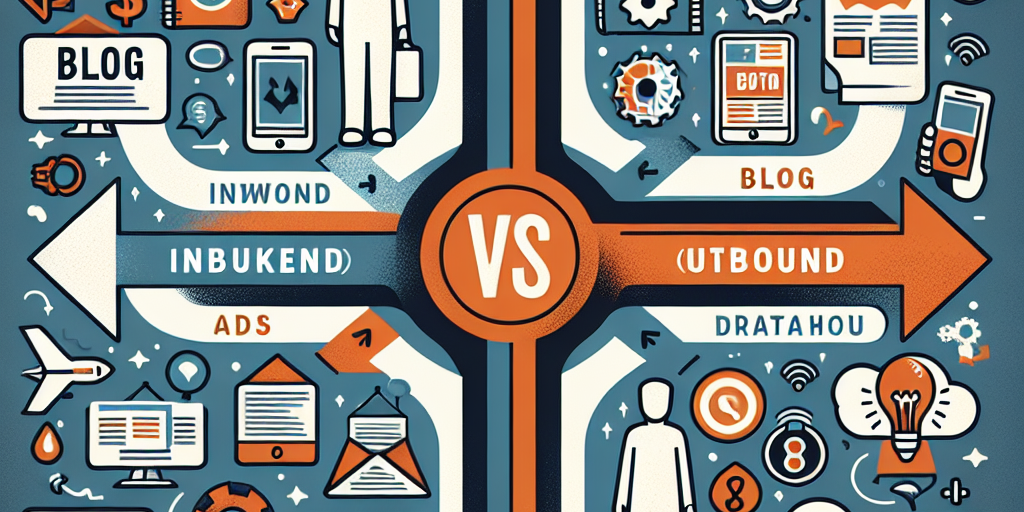In today’s digital age, businesses are constantly looking for new and innovative ways to reach their target audience. Two popular marketing strategies that are often used are inbound marketing and outbound marketing. Both strategies have their own unique approach and can be effective in their own ways, but which one is right for your business? Let’s take a closer look at each strategy to help you determine which one is the best fit for your business.
Inbound Marketing:
Inbound marketing is a strategy that focuses on creating valuable and relevant content to attract and engage potential customers. This content is typically shared through various online channels such as blogs, social media, and search engine optimization (SEO). The goal of inbound marketing is to provide useful information that will naturally draw people to your business, rather than actively seeking them out.
This strategy is appealing to businesses because it’s more cost-effective and has the potential to reach a wider audience. In addition, inbound marketing builds credibility and trust with consumers by providing them with helpful information rather than bombarding them with advertisements. However, it can take time to see results with inbound marketing as it relies on creating and sharing quality content consistently.
Outbound Marketing:
Outbound marketing, on the other hand, is more traditional and involves actively reaching out to potential customers through tactics such as cold calling, direct mail, and advertising. This strategy is more focused on spreading your message to a large audience and initiating contact with potential customers.
While outbound marketing can be effective in generating leads and immediate results, it can also be costly and interruptive to consumers. Many people are becoming increasingly resistant to traditional advertising methods and may ignore or block these types of messages.
So, which strategy is right for your business?
The decision between inbound and outbound marketing ultimately depends on your business goals, target audience, and resources. Inbound marketing is ideal for businesses looking to establish a strong online presence and build long-term relationships with their audience. If you have the time, resources, and commitment to creating valuable content, inbound marketing may be the best fit for your business.
On the other hand, if your business relies on immediate results and has the budget to invest in traditional marketing tactics, outbound marketing may be a suitable option. Outbound marketing can be effective for reaching a specific demographic and generating leads in a shorter period of time.
In conclusion, both inbound and outbound marketing have their own strengths and weaknesses. It’s important to carefully consider your business’s unique needs and goals before deciding on a marketing strategy. In some cases, a combination of both inbound and outbound marketing tactics may be the most effective approach. Whichever strategy you choose, it’s crucial to continually evaluate and adapt your marketing efforts to ensure they align with your business objectives and resonate with your target audience.







